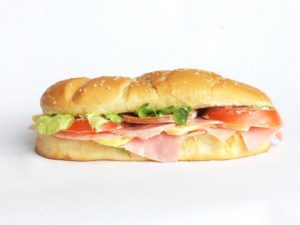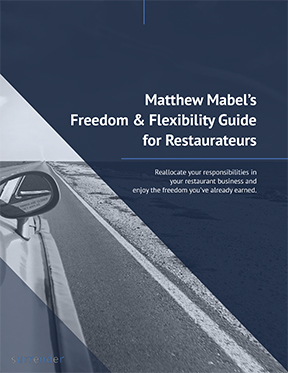
If you are in the restaurant business, you have to pay attention to the problems (and solutions) at Subway.
You can learn two gigantic things from this amazing business story.
First, for those of you on the top, pay attention: When there’s innovation in your segment, take it seriously and respond to it no matter how small it may appear at first—before the customer walks across the street.
Second, for those of you aspiring to get there, never deviate from your messaging, brand, and culture. If you do, you may confuse your guests right out the door.
Last week, Kevin Hardy of QSR Magazine interviewed me for his article, “Subway: We’re Building a Brand Stronger than Ever.”
Subway’s long-time dominance, massive challenges, and potential comeback will foster future study in business schools.
Why?
Imagine this sequence:
- You build your brand up to have more restaurants than anyone in the world.
- You establish yourself as a “healthy” option to fast feeders who depend on the fryolator.
- Your segment becomes crowded, with newer brands offering better quality product (think Jimmy John’s and Firehouse Subs, to name two).
- The fryolator guys start to offer healthier options and, shockingly, they actually start to sell.
- Your sales go down and your brand becomes shaky.
- You close almost 2,000 restaurants!
It’s a Long Way Down from the High Horse You’re On
When you own your segment, approach dominance as temporary—because taking it for granted might just take you down.
Too many successful owners of independent restaurant groups (but not my clients) act like what they do well will last forever.
It won’t.
Recently, I attended a consulting conference where one of the presenters, Stuart Cross, pointed out that “nothing fails like success.”
The best restaurateurs adapt, respond, and incorporate new trends before the competition starts to pick off their guests.
Pick a Lane
Subway is trying everything and seeing what will stick.
Presumably, they test a lot of different options and will settle on the ones that make the most impact.
With more than 40,000 stores globally, they can afford to test and adjust.
For my clients, however—with 3, 5, 15, 20, or 30 restaurants—there is no room to test.
Your income depends on getting it right.
The best restaurateurs know their brand and culture, and make every decision within that framework.
They never leave their lane.
What This Means to You
Thousands of small franchisees depend on Subway to support their families.
My wish for them? Prosperity, success, freedom, and ease.
Same as my wish for you.
Over to you. What can you learn from Subway’s agony that will eventually prevent your own?

